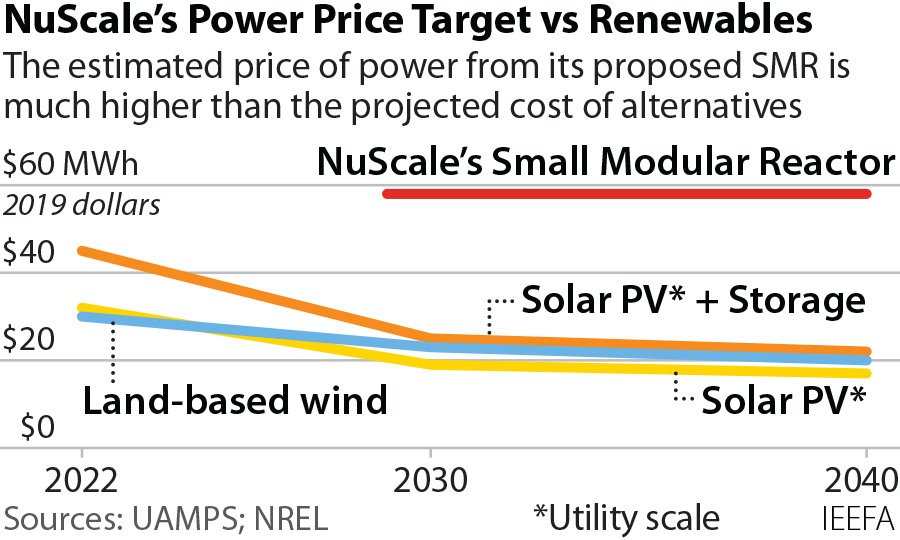Small modular nuclear reactors (SMRs) are compact nuclear reactors designed to generate up to 300 megawatts (MW) of electricity, significantly less than conventional reactors producing 1,000–1,600 MW. While proponents highlight their modularity and potential for factory-based production, their practicality for addressing climate change is debatable. Here’s why SMRs face significant economic and technical hurdles.

Economic Challenges
SMRs face an inherent economic disadvantage due to their smaller size. Unlike large reactors, SMRs lack economies of scale. Proponents argue that factory production and modular assembly could reduce costs. However, this requires mass adoption, which would demand significant upfront investment in supply chains and manufacturing facilities. Without substantial orders, cost reductions remain unlikely.

Historical trends also indicate challenges. The learning rate for nuclear reactor construction in countries like the U.S. and France has been negative, with newer reactors often costing more than earlier ones. Even the NuScale SMR, the most advanced design, has seen its projected costs double from $3 billion in 2015 to $6.1 billion by 2020—before construction began.
Technical and Safety Issues
SMRs incorporate novel designs, such as placing steam generators within the reactor vessel. While innovative, such configurations complicate maintenance and could lead to permanent shutdowns if critical components fail. Additionally, mass production risks systemic flaws, as seen in other industries. Unlike products like aircraft or electronics, defective nuclear reactors cannot be easily recalled or replaced.

Limited Impact on Climate Change
Addressing climate change requires urgent action within the next decade, but SMRs are unlikely to contribute significantly within this timeframe. NuScale’s first deployment is tentatively slated for 2029–2030, with further delays possible due to safety concerns. Moreover, SMRs are costlier than renewable energy sources like wind and solar, which are increasingly affordable and scalable.

Environmental and Waste Concerns
SMRs require substantial water for cooling, posing sustainability issues. Additionally, they produce more nuclear waste per megawatt-hour than large reactors. Existing challenges with waste management further exacerbate the problem.
Conclusion
Small Modular Reactors promise flexibility and innovation, but they fall short in addressing the urgent need for cost-effective, carbon-free energy. With high costs, long lead times, and unresolved technical issues, SMRs are an impractical solution to climate change compared to renewable energy options like wind and solar. Time and resources should focus on proven, scalable alternatives.
Reference- ScienceDirect, Institute for Energy and Environmental Research, International Atomic Energy Agency, Stanford Report, Institute for Energy Economics and Financial Analysis (IEEFA) report.






